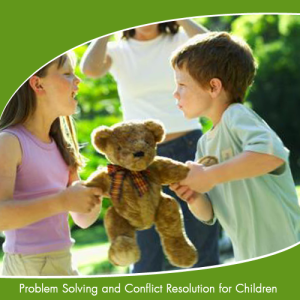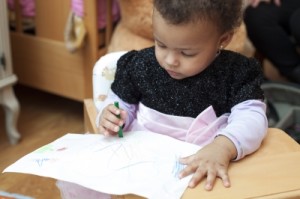When you first discovered your baby is going to arrive, you quickly calculated the maternity leave available to you and decided you will be back to work after the stipulated 6 weeks. But by the end of those amazing and crazily hectic 6 weeks, you decided to stretch it just a little. And then came a time when your family adjusted to one income while you turned into a full time mom. While this may not have played out exactly the same way for everyone, there comes a time in every mom’s life when you break away from your motherly chores and wake up to the person that is YOU! You, who did more than set up play-dates, wipe snotty noses and did truck loads of laundry everyday. And today, you single handedly tackle tantrums, discipline, school projects, household chores, groceries and everything that life throws at you.
You are something of a supermom! I’m sure you get that a lot.
Sometimes I wonder how my own mother did it. Bringing up two children, working from home and yet be able to strike that precarious work-home balance. So one day I decided to know a little more about my mother. The kind of person she was before my brother and I were born, her ambitions, her daily struggles with two children and literally no additional support. And boy did I come back with some pearls of wisdom! So here’s a little something for all you super-moms out there for whom every single day brings in different set of challenges that never are the same!
You can’t have it all: My mother constantly had to balance her work and home so that neither suffered. Sometimes she was successful, sometimes she wasn’t. But in managing all of this, her own identity and desires suffered. She was a mom, a sister, a wife and an employee too. Being a super mom didn’t leave her with much to do for herself. The entire idea of super mom takes up all the energy and time you have. It is an urban legend much like the super man. That you are a mom, who is also working happens just by the way. It is time the concept of “super dads” take flight.
Seek joy outside family: Work provides empowerment to women that can be measured. Work also puts you in touch with people outside of your cocoon, giving you a chance to be yourself. So embrace this opportunity. Develop hobbies with like minded people. Develop your separate cocoon where there are no motherly strings holding you back. Travel, cycle, and learn the guitar. Whatever you do, try to seek pleasure only for yourself.
Ditch the guilt: Several times when my mother was not around for the important landmarks in my life, I held a grudge against her. As I grew up, I realised it was not really important for her to have been there. In an Indian household, domesticity is mainly a woman’s responsibility. So when you are not around all the time it is easy to fall into the guilt trap. But Don’t! You chose to have a life beyond your own family and those who respect you will love this about you.
Be your own person. You may not be successful a 100% of the times, but you will find a new meaning to your life that goes much beyond being just a Super Mom.









